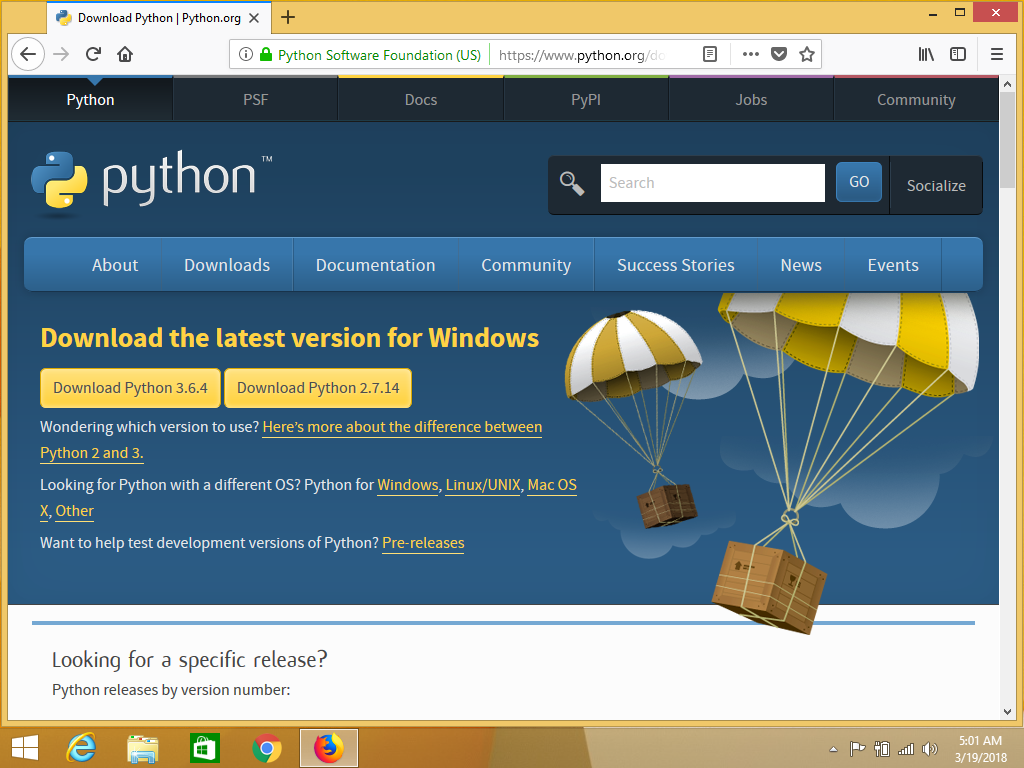
- Pdfkit templates pdf#
- Pdfkit templates install#
- Pdfkit templates update#
- Pdfkit templates full#
- Pdfkit templates portable#
The cookie is set by the GDPR Cookie Consent plugin and is used to store whether or not user has consented to the use of cookies. The cookie is used to store the user consent for the cookies in the category "Performance". This cookie is set by GDPR Cookie Consent plugin. The cookie is used to store the user consent for the cookies in the category "Other. The cookies is used to store the user consent for the cookies in the category "Necessary". The cookie is set by GDPR cookie consent to record the user consent for the cookies in the category "Functional". The cookie is used to store the user consent for the cookies in the category "Analytics". I am using PythonAnywhere and they don't allow sudo access.
Pdfkit templates install#
It works great when coding on my PC, but when I try to push the code live I have an issue since pdfkit relies on xhtml2pdf and you have to download and install xhtml2pdf separately.
Pdfkit templates pdf#
We’ll install our required packages with the following commands: pip install pdfkit pip install Jinja2 Then follow instructions here to install wkhtmltopdf. I'm using pdfkit to take HTML templates and render them in PDF format.

You also need to install a tool called wkhtmltopdf for pdfkit to work. These cookies ensure basic functionalities and security features of the website, anonymously. Jinja2 templates to generate HTML files of the reports that I need. Necessary cookies are absolutely essential for the website to function properly. Sudo apt-get install xvfb libfontconfig wkhtmltopdf
Pdfkit templates update#
To use the command-line in Python, JazzCore developed PDFKit – a wrapper for wkhtmltopdf utility.įirst, we need to install wkhtmltopdf in Linux/Ubuntu sudo apt-get update You can run the command in the console to generate PDFs. Wkhtmltopdf is an open-source command-line tool that renders HTML into PDF with the Qt WebKit rendering engine. The easiest way to create PDFs is to render PDFs from HTML templates. HTML is the standard markup language for the webpages and it is used to define the structure and content of web documents. In addition, we also make use of CraftMyPDF’s PDF generation API to create PDF documents from a drag-and-drop template. In this article, we are going to use a python library PDFKit to generate PDFs from HTML. Template-based PDF generation is the best way to create PDFs, it gives you the flexibility to create dynamic PDFs from pre-defined templates. There are different approaches to generating PDFs in Python. There are many use-cases of PDF documents, you can create invoices, contracts, shipping labels, and other PDF documents.
Pdfkit templates portable#
We also have a blog post that guides you through generating PDFs from HTML with Node.js.PDF stands for portable document format, it’s designed to be compatible across different operating systems. If you’re interested in automating the PDF generation process, take a look at our PDF Generation SDK or our PDF Generation API, both of which let you generate PDF invoices from an HTML document. If you want to display the PDF in a powerful PDF viewer or add advanced functionality such as digital signatures or PDF annotations, we recommend you give our server-backed deployment of PSPDFKit for Web a try. You can check out the source code on GitHub. In the example above, we learned about PDFKit and used it to dynamically generate a PDF invoice from a simple object-based data model. This code sample shows you how you can import a template document. It’s ideally suited for tasks like dynamically generating PDF invoices for your web server. Fill in a template form for all instances in a database. PDFKit allows us to generate PDF documents in Node.js and the browser.

Pdfkit templates full#
In any case, once we add the table headers and footers, we’ll have a full invoice generated on demand using pdfkit on Node.js. You can take a look at the complete example code on GitHub. To keep the code examples in this post concise, I’ve stripped out table headers and footers, along with some utility functions for formatting currency and dates. We also create stub methods for the four sections above:

To create an empty PDF document, we use the PDFDocument constructor of pdfkit. Our invoice will consist of four visual parts:Ī header that contains information about our company, including our company’s logo. We start by creating a function, createInvoice(invoice, path), which uses the invoice object to create a valid PDF invoice and then saves it to a file located at path. With this data model, we’re now ready to generate a PDF file. invoice_nr is used to identify the invoice. The subtotal key contains the sum of all items in cents, and the paid field allows you to specify how much was already paid for this invoice. The items key contains an array of all items we want to be printed on the invoice (the amount is the sum for all pieces of this item in cents). In the above object, we have a shipping key that contains all shipping information that should be printed on the invoice.


 0 kommentar(er)
0 kommentar(er)
